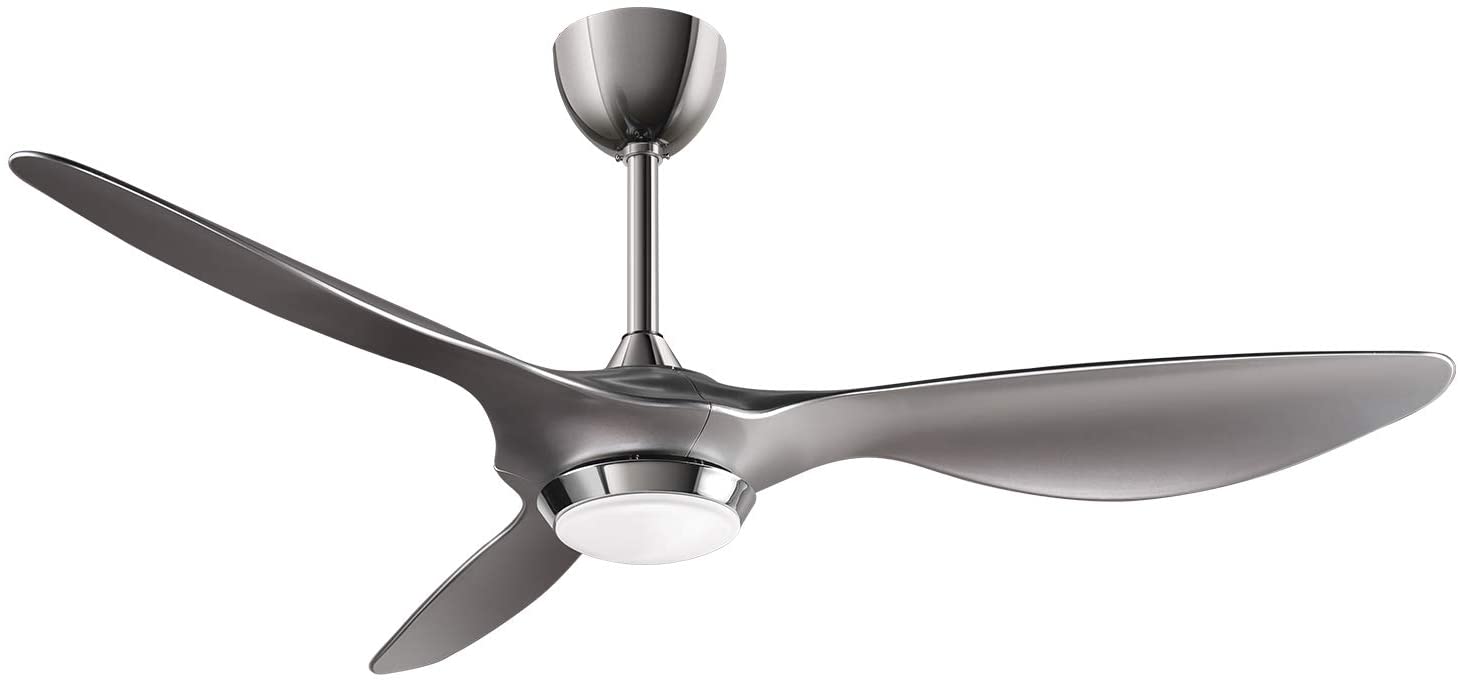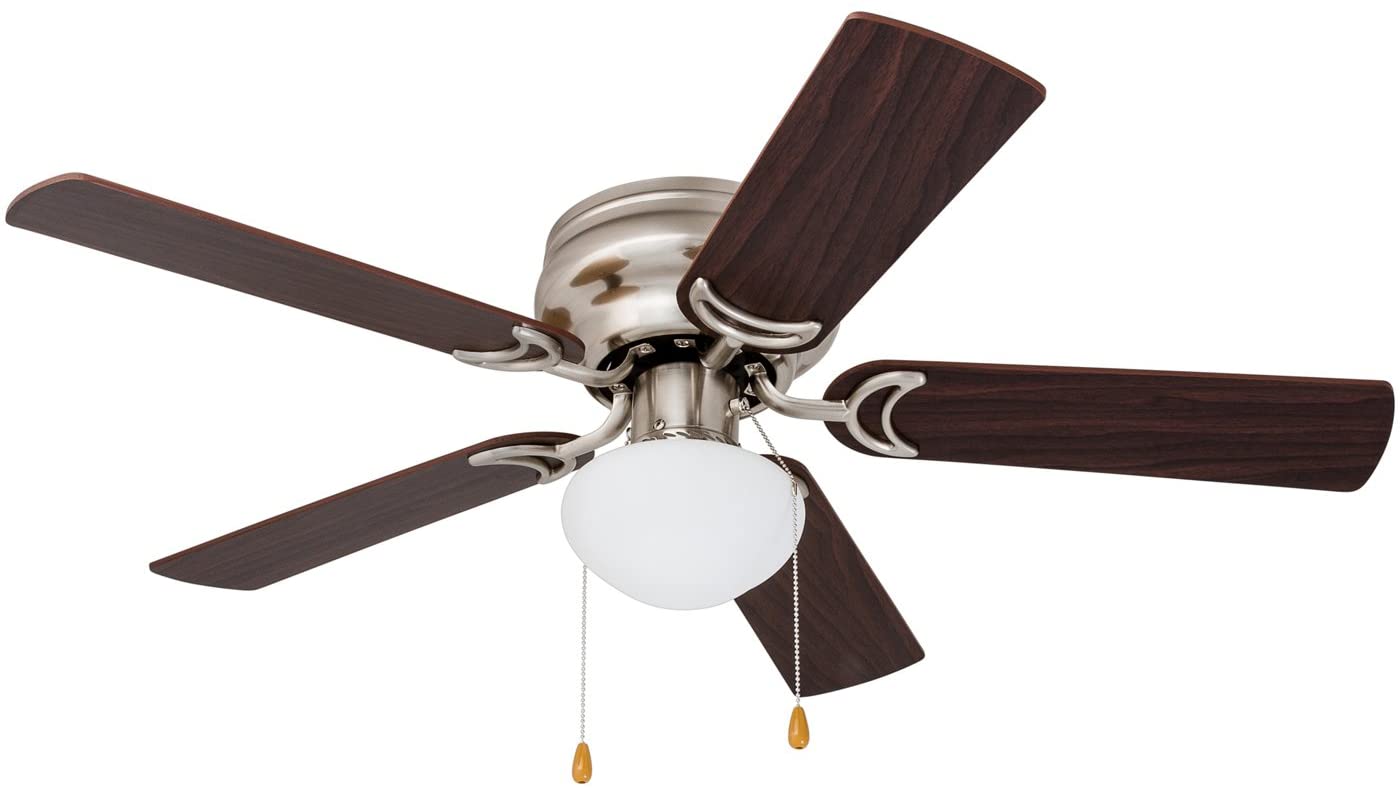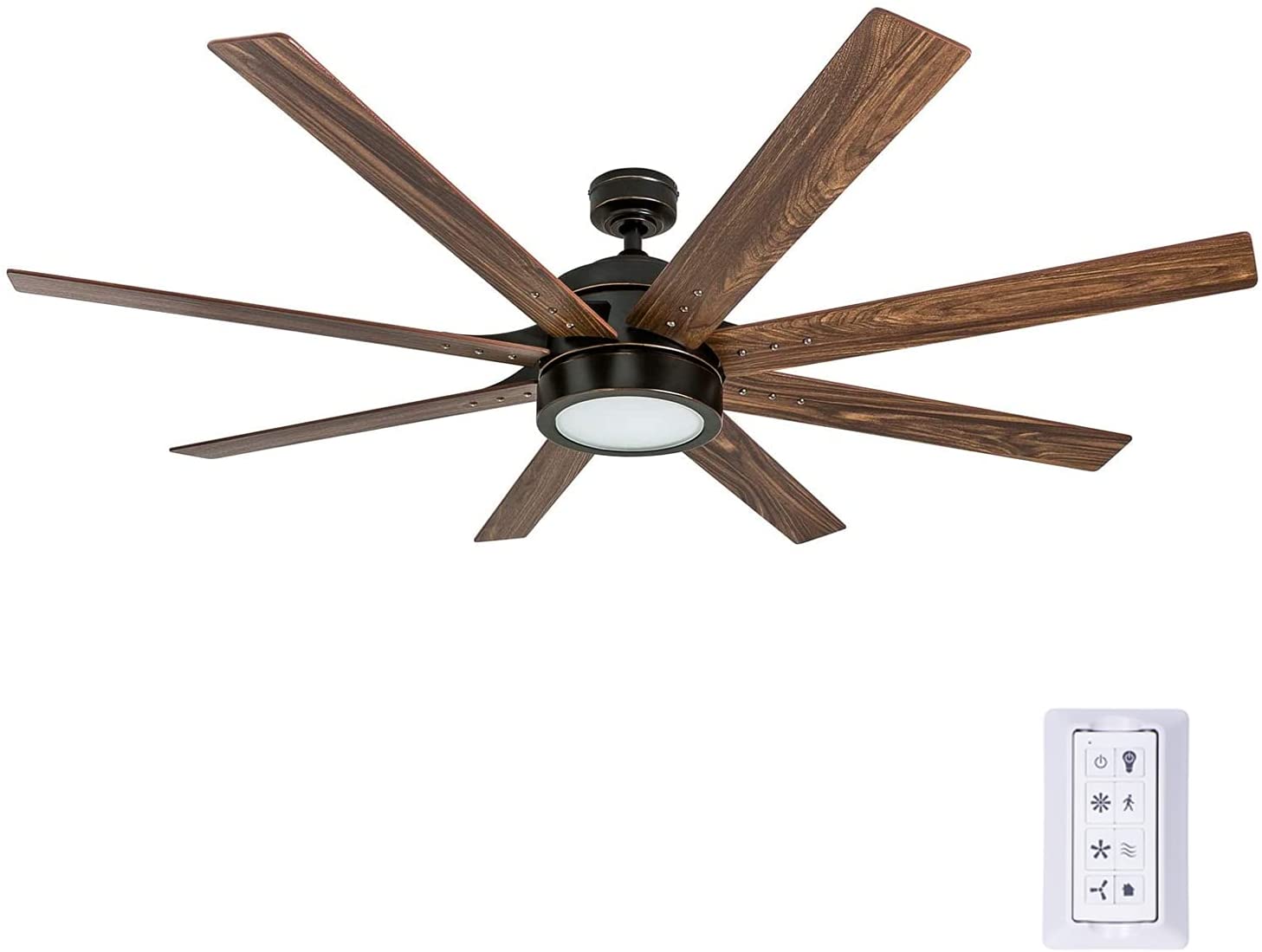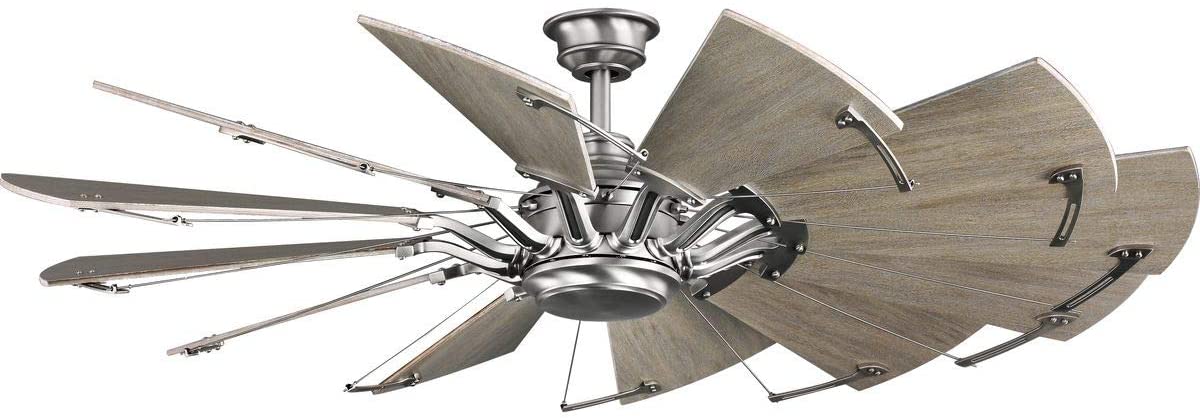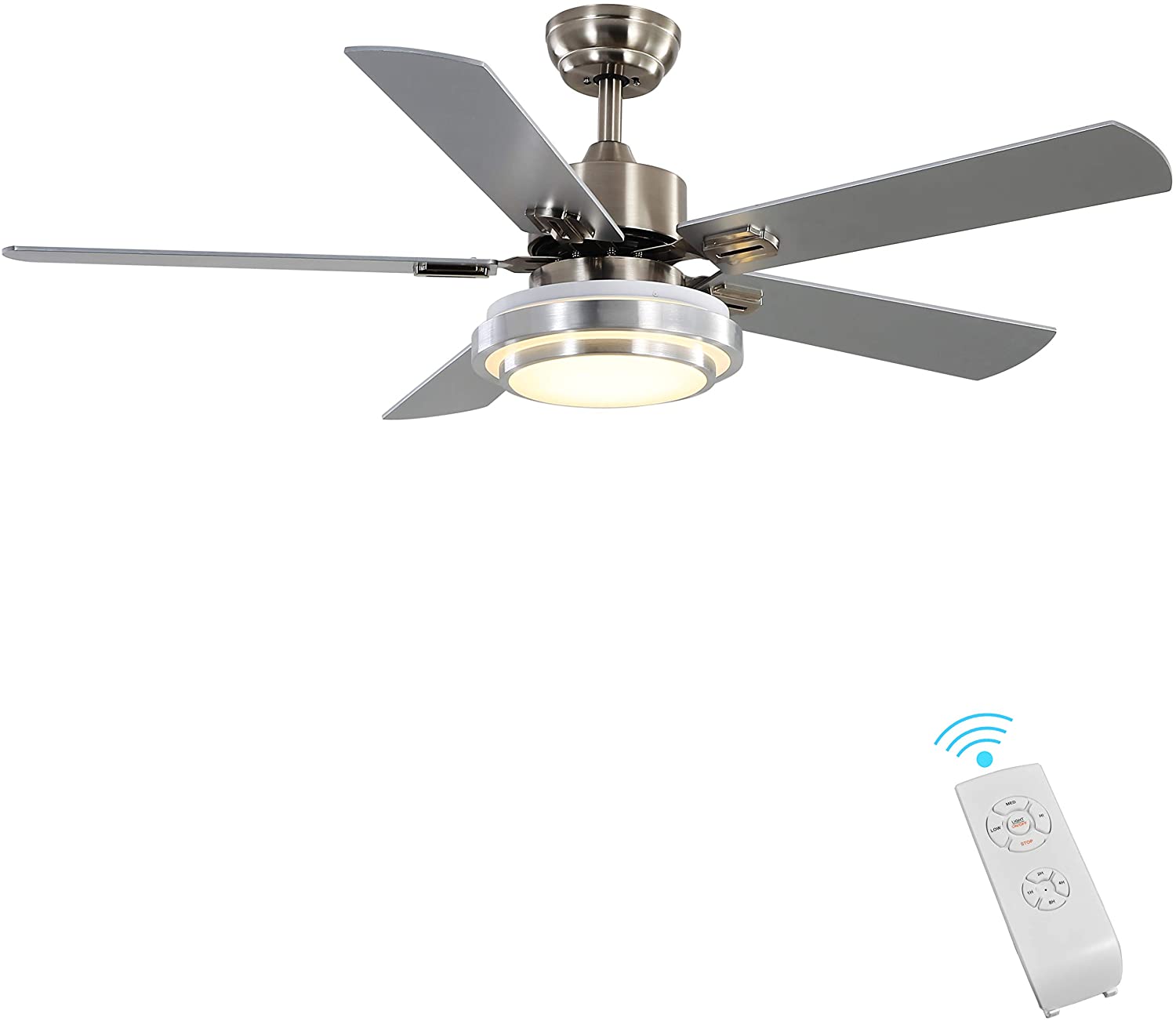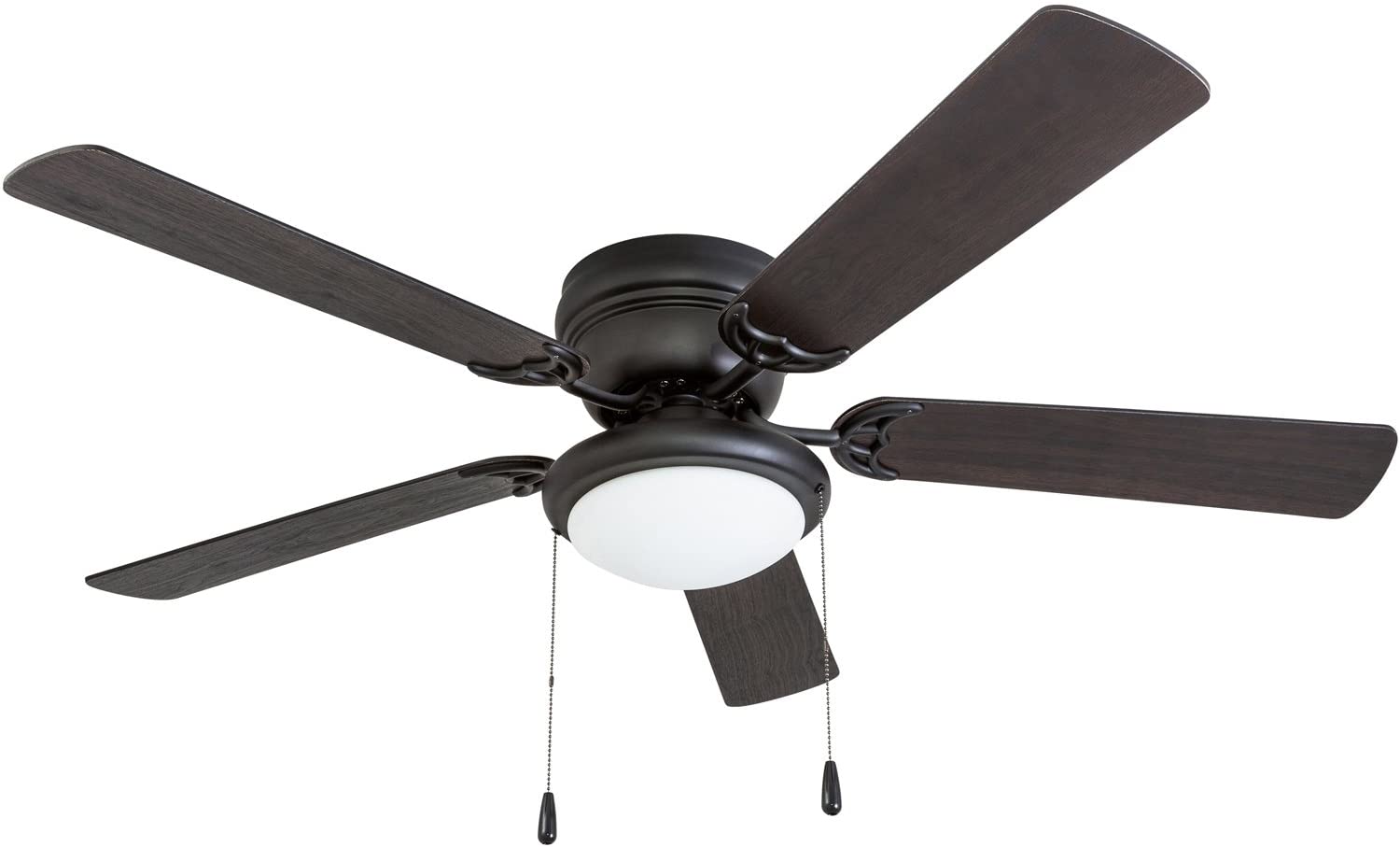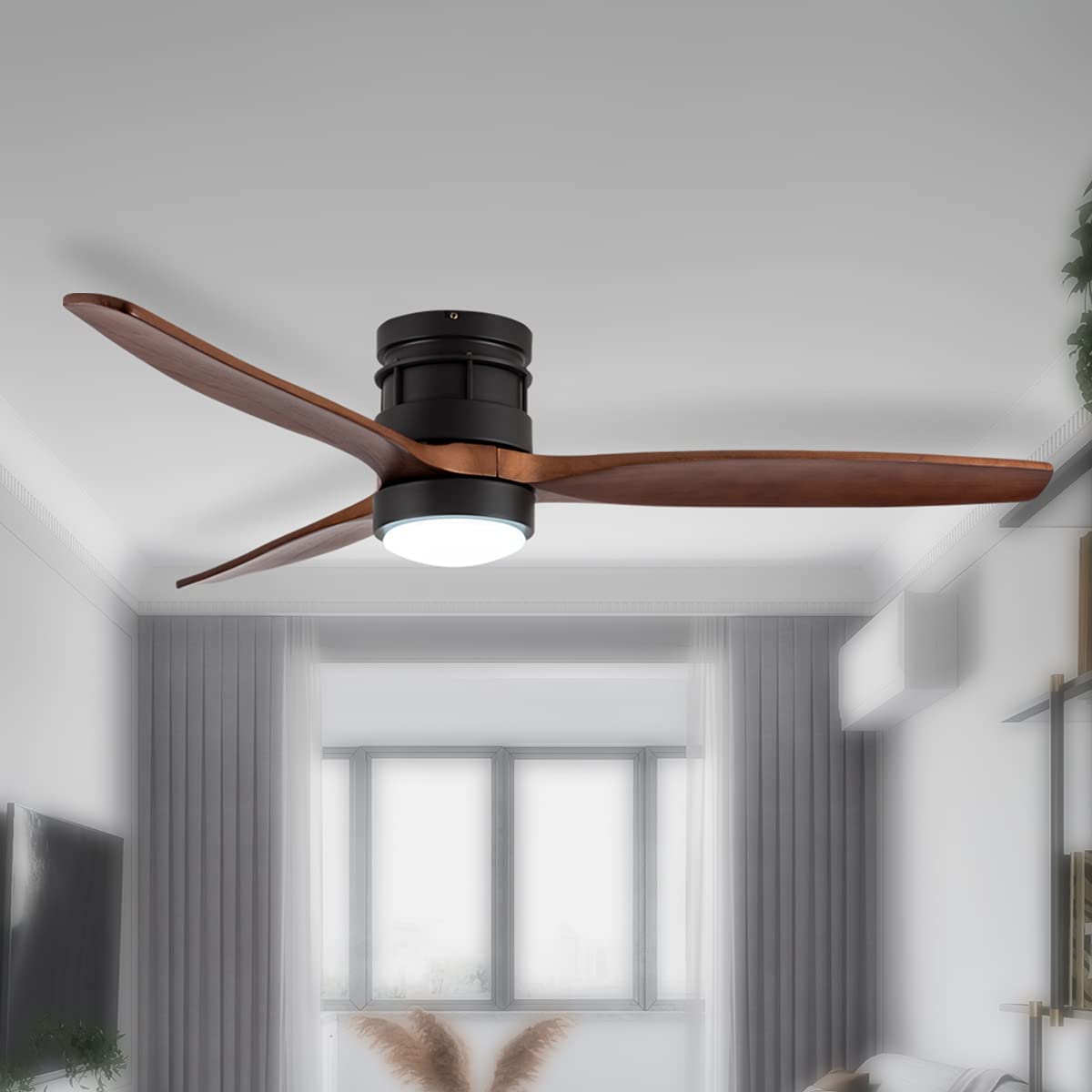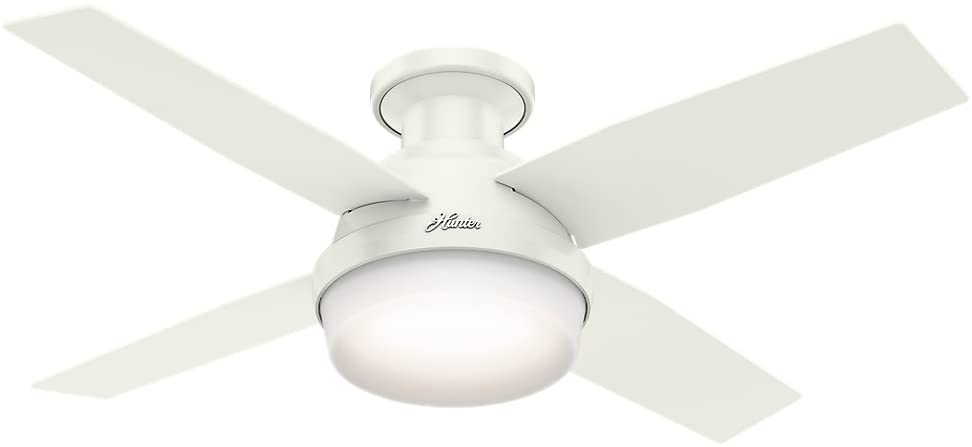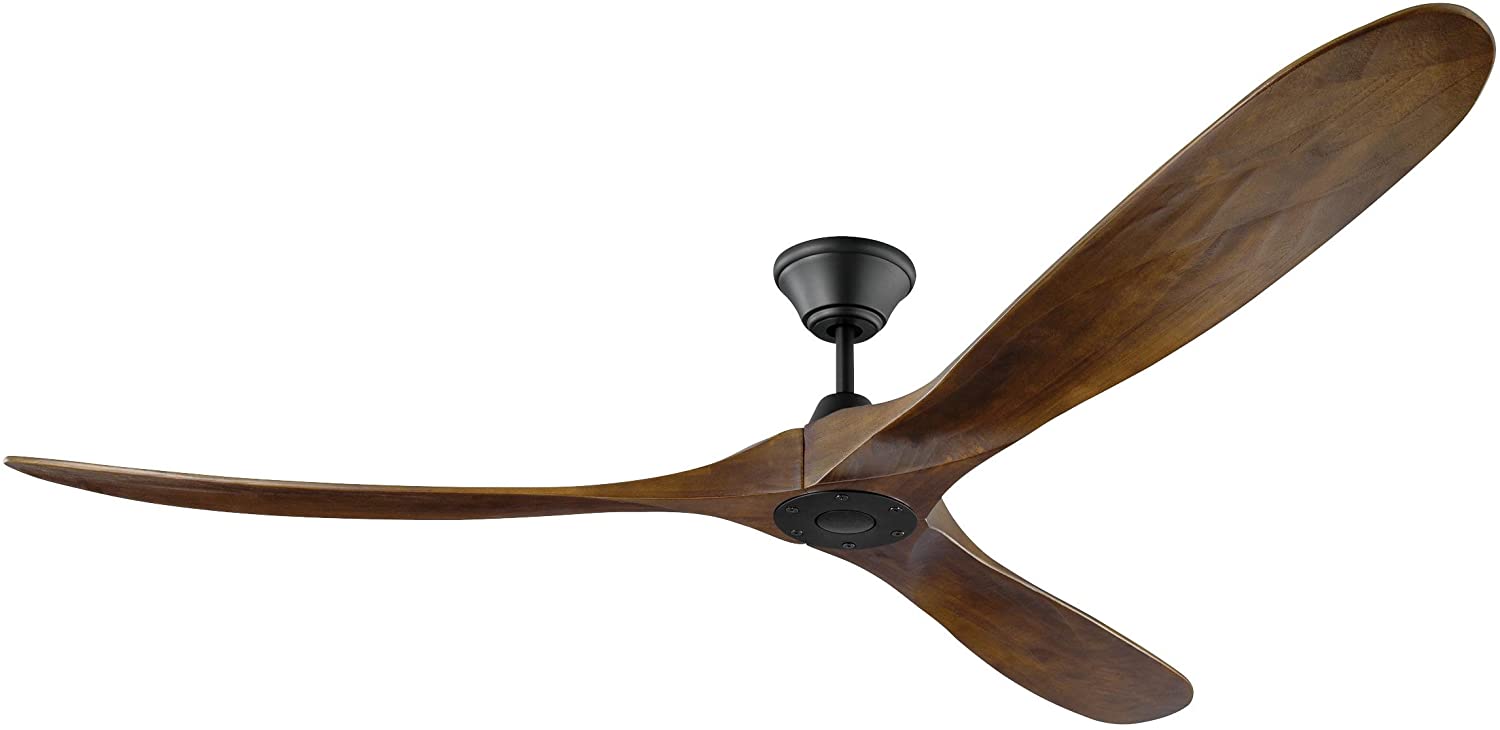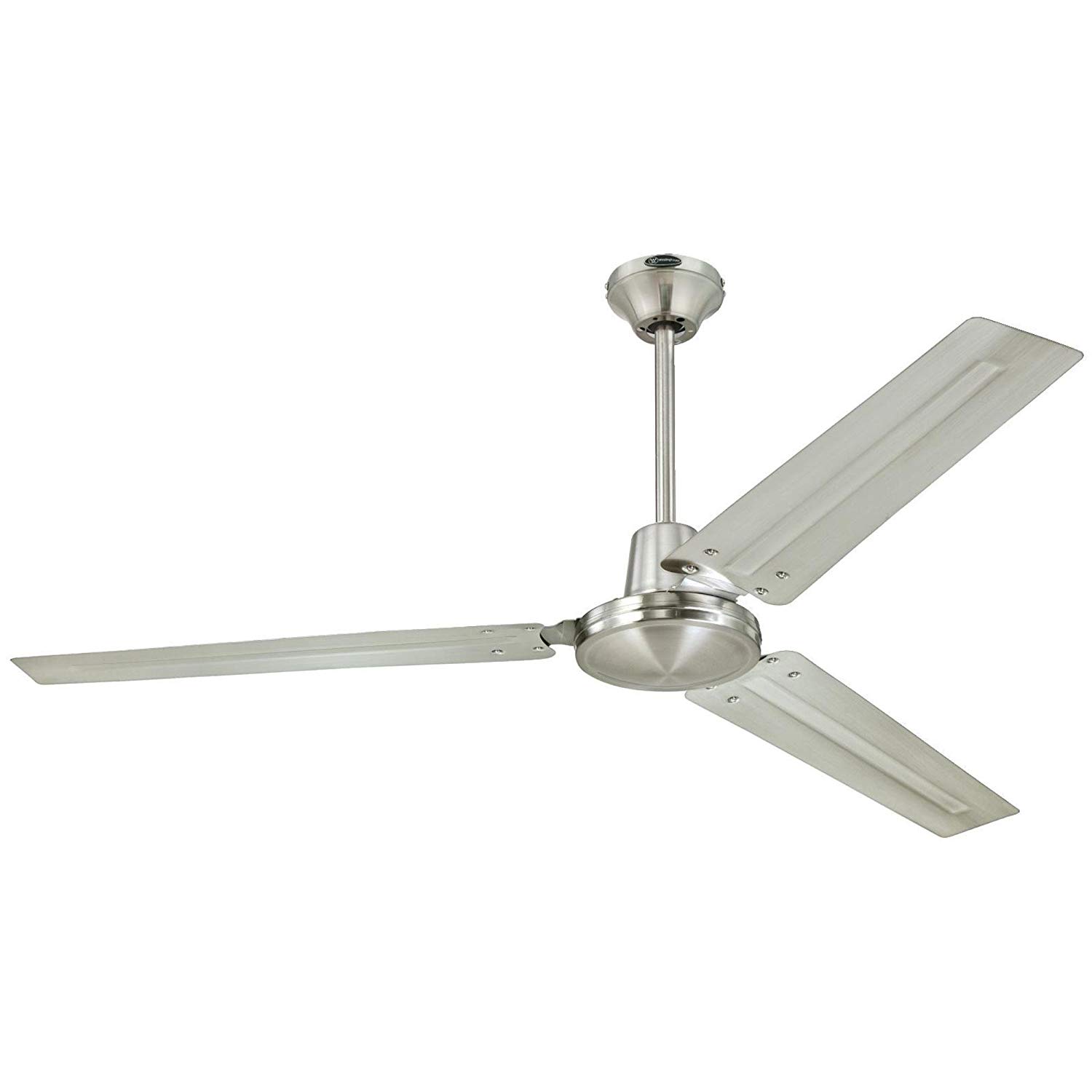reiga 6-Speed Remote Control Ceiling Fan, 52-Inch
Last updated: July 5, 2022
The modern look isn't the only striking thing about this fan. Its three blades can move a surprising amount of wind around, especially on the higher settings. No matter which one you're on, the sleek design keeps noise to a minimum.
We looked at the top Ceiling Fans and dug through the reviews from some of the most popular review sites. Through this analysis, we've determined the best Ceiling Fan you should buy.
Product Details
Key Takeaway: The sloping sides on the blades are great at sound dampening.
In our analysis of 36 expert reviews, the reiga 6-Speed Remote Control Ceiling Fan, 52-Inch placed 3rd when we looked at the top 10 products in the category. For the full ranking, see below.From The Manufacturer
All operations can be controlled by the remote controller, adjust the fan speed with 3 levels, and supports timing (1/3/6 hours). Different mounting options and a quiet motor, while relaxing and enjoying. 155*20mm motor made from Silicon steel forceful air movement and whisper-quiet performance, Mute Rotation, Energy-saving. This fan boasts dynamic hanging abilities. This fan can be mounted with a downrod (standard), angled-mount (maximum tilting angle 18°).
